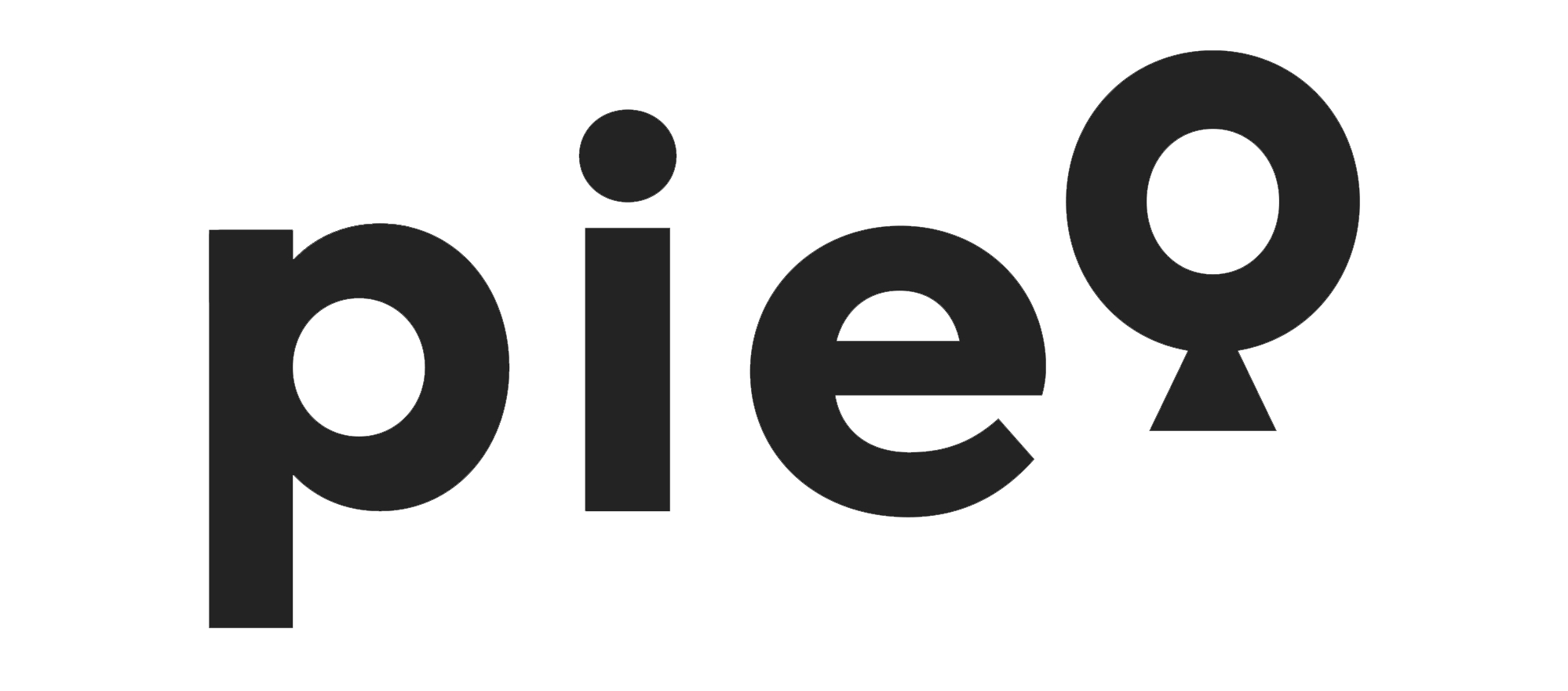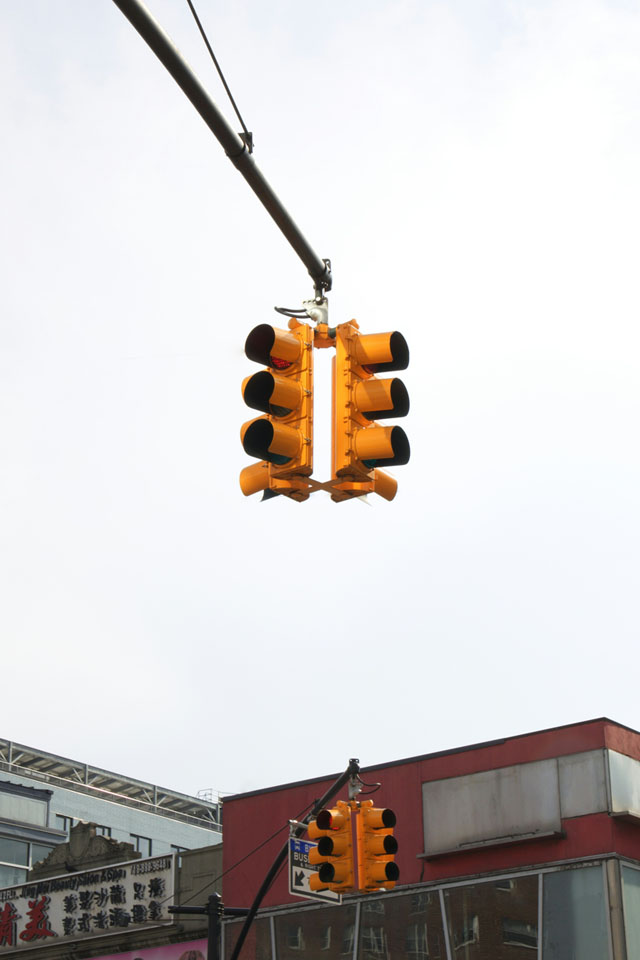The Future of Search Marketing: Why Instagram Just Became a Search Engine
What happens when your Instagram posts start showing up in Google Search results? As of July 10th, it’s official, content is now discoverable outside of the Instagram app.
Instagram has officially joined the indexable web. Public posts are now visible in Google search results, transforming a traditionally siloed social platform into an SEO-viable content channel. This marks a fundamental shift in digital discoverability that will force businesses to rethink their approach to both Instagram and search marketing.
Let’s unpack what this means, what factors will likely determine visibility, and how you can get ahead of the curve.
From Scroll to Search: A New Chapter in Organic Visibility
Instagram has over 2 billion users. Until now, its content was invisible to search engines. But this update changes that. It’s the clearest sign yet that the future of search marketing is multi-format, multi-platform, and deeply intertwined with user-generated content.
Historically, SMEs have invested heavily in blogs, landing pages, and SEO—while social content has operated in its own silo. Now, there’s a clear incentive to bring both together. Today’s search landscape rewards structure over format. Whether it’s a feed post or a landing page, if the content’s clear, useful, and timely, Google and LLMs will surface it.
Instagram is no longer just about aesthetic feeds. It’s about answering questions, sparking interest, and most importantly, being found.
So, What Determines if an Instagram Post Appears in Search Results?
We’re still in the early stages, but modern search signals, from both Google and LLMs, are already pointing to clear patterns., here are the seven most likely levers:
1. Public Accessibility
Only posts from public accounts are eligible. Private profiles are still walled off from search crawlers. This is the absolute baseline.
2. Content Text (Captions + Alt Text)
Web Scrapers read the words you write. Captions matter. So does alt-text (if added or auto-generated). Comments may also be crawled, but expect those to carry less weight.
3. Engagement Metrics (Implied Authority)
Think of likes, shares, and comments as social proof for the algorithm. Posts that perform well are more likely to rank, not just because they’re popular, but because Google reads that as a relevance signal.
4. Profile Authority
Just like domain authority for websites, expect profile strength to matter. Verified accounts, keyword-rich bios, and strong follower counts may carry more weight.
5. Entity Recognition
Google maps named entities, people, places, products, to topics it understands. Mention a specific product or location, and your post may appear in related searches. Geotags will likely enhance local SEO visibility.
6. External Mentions
If your post is quoted or embedded in blog posts, Reddit threads, or news sites, confidence in its relevance increases. This is classic link-building, just applied to visual content.
7. Prompt-Worthy Formats
This is the wildcard factor. Content that directly answers questions, shares reviews, or tells a clear, useful story is more likely to be elevated by AI-driven search. Today’s algorithms prioritise intent over keywords.
From Feed to Funnel: Why This Change Matters
Too many brands still compartmentalise their content, website for traffic, social for engagement. That split no longer holds. With Instagram entering search results, your posts now have the potential to work harder across the funnel. It’s not about creating more content. It’s about making your existing content pull double duty.
This update means that every post has the potential to drive organic acquisition. It’s a new content layer, one you’re probably already creating, that can now contribute to visibility, traffic, and sales.
You don’t need to produce more. You need to structure smarter.
What Should You Do Now?
If you're running a business and want to get ahead, here’s what to focus on:
- Audit your Instagram strategy: Are your captions keyword-rich? Are you using alt-text consistently?
- Optimise for questions: What common search queries does your content already answer? Format your posts accordingly.
- Enhance profile authority: Tighten your bio. Use keywords. Get verified if possible.
- Tag and geotag with purpose: Help Google understand where and what your content relates to.
- Start thinking search-first: Each post is now a mini landing page.
Your Instagram Feed is Now a Search Engine Asset
The future of search marketing doesn’t live in a spreadsheet. It lives in stories, visuals, and short-form content that feels human, not corporate.
Instagram’s move into search is a clear signal: content must now be built for both connection and discoverability. The brands that adapt early will unlock a layer of organic visibility others won’t see coming.
The companies that get this right early will own a new layer of organic visibility their competitors haven’t even noticed.
Want to Know Where Your Content Stands?
Most businesses aren’t ready for this shift. Pieo’s team can run a fast, forensic audit of your Instagram content and show you what’s already working, and where search-ready opportunities are hiding.
If you’re serious about turning social content into search visibility, let’s talk.







.avif)